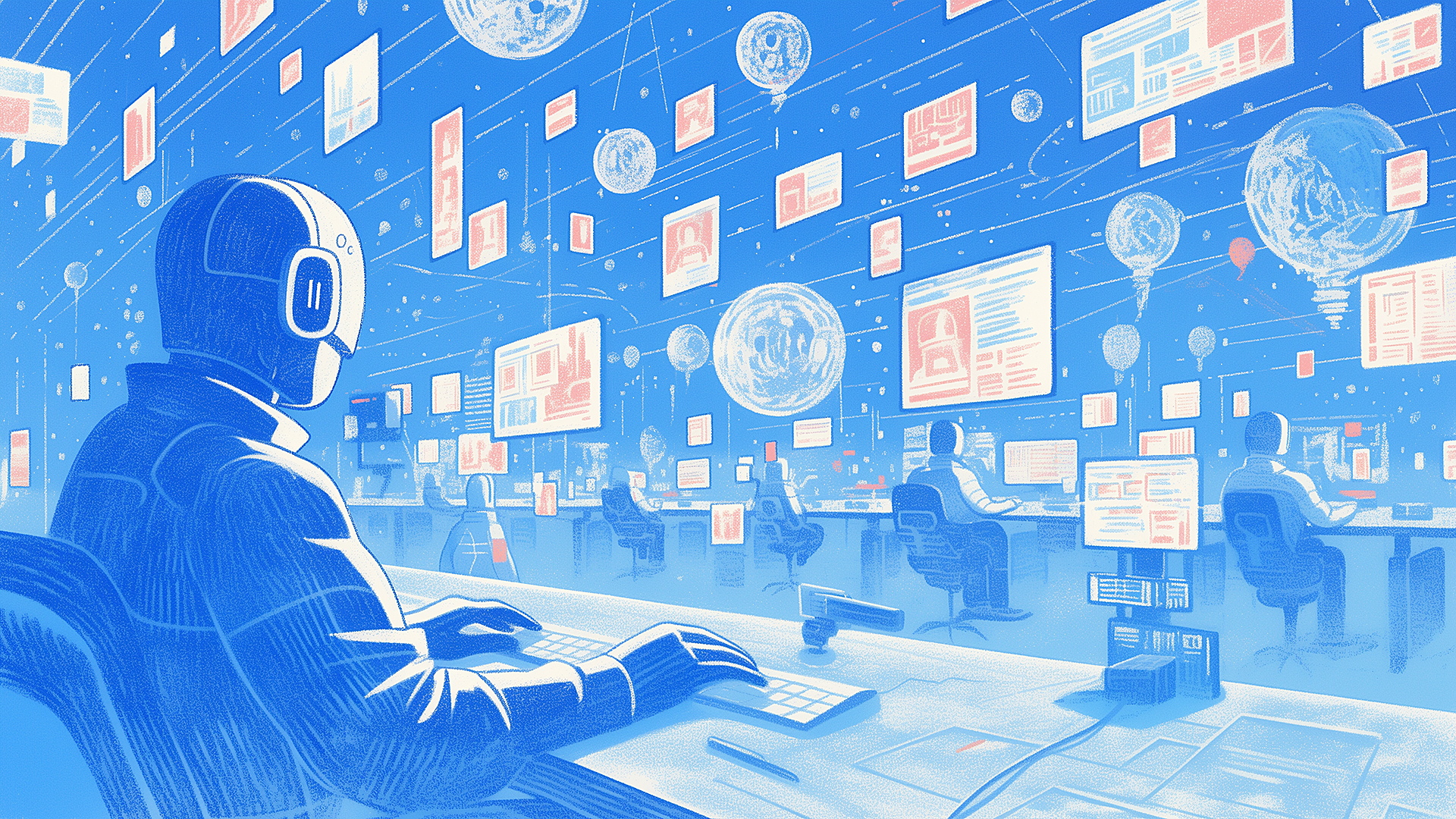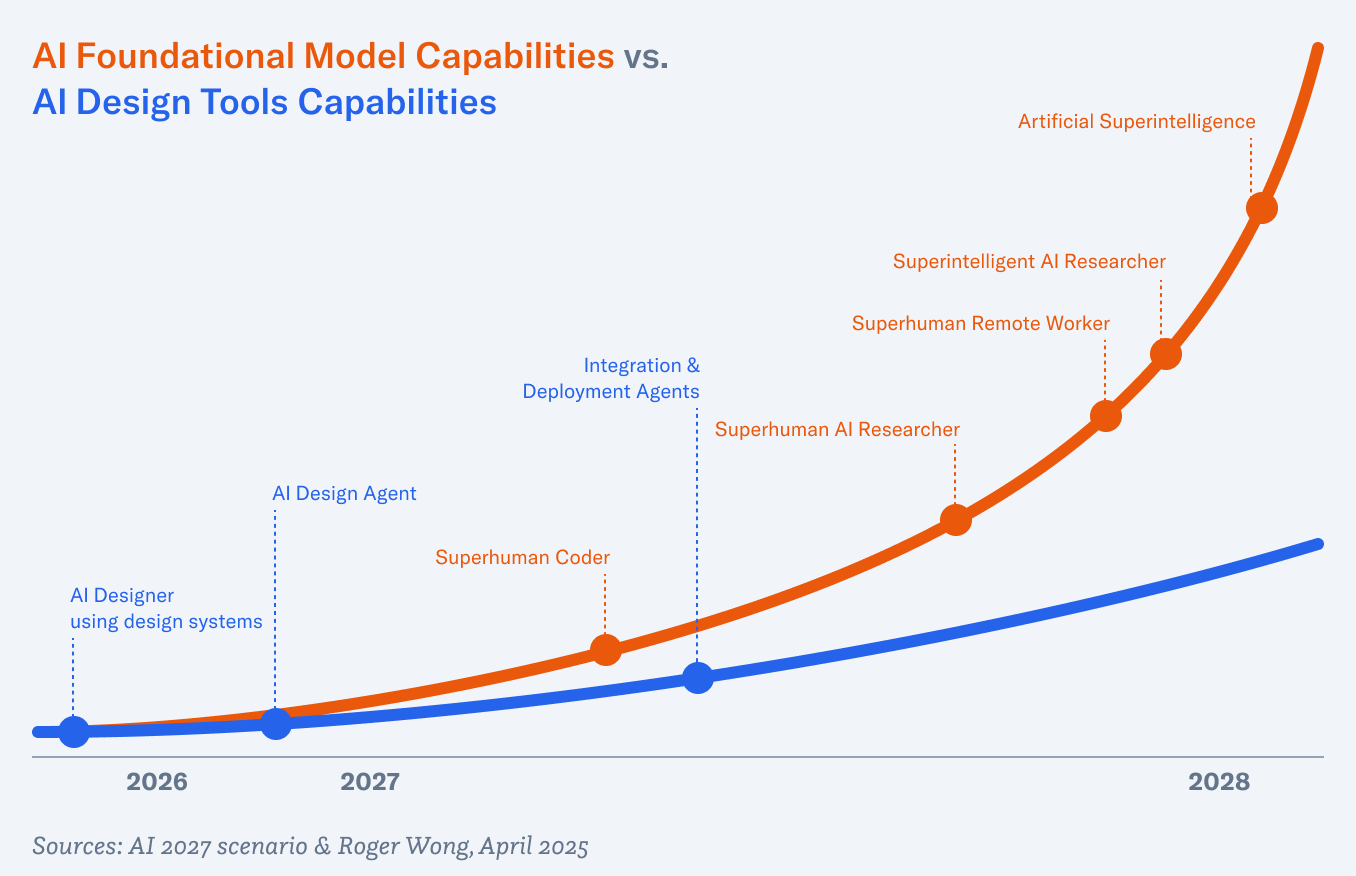I’ve linked to a footer gallery, a navbar gallery, and now to round us out, here is a full-on Component Gallery. Web developer Iain Bean has been maintaining this library since 2019.
Bean writes in the about page:
The original idea for this site came from A Pattern Language2, a 1977 book focused on architecture, building and planning, which describes over 250 ‘patterns’: forms which fit specific contexts, or to put it another way, solutions to design problems. Examples include: ‘Beer hall’, ‘Positive outdoor space’ and ‘Light on two sides of every room’.
Whereas the book focuses on the physical world, my original aim with this site is was focus on those patterns that appear on the web; these often borrow the word ‘pattern’ (see Patterns on the GOV.UK design system), but are more commonly called components, hence ‘the component gallery’ — unlike a component library, most of these components aren’t ready to use off-the-shelf, but they’ll hopefully inspire you to design your own solution to the problem you’re working to solve.
So if you ever need a reference for how different design systems handle certain components (e.g., combobox, segmented control, or toast ), this is your site.

The Component Gallery
An up-to-date repository of interface components based on examples from the world of design systems, designed to be a reference for anyone building user interfaces.























